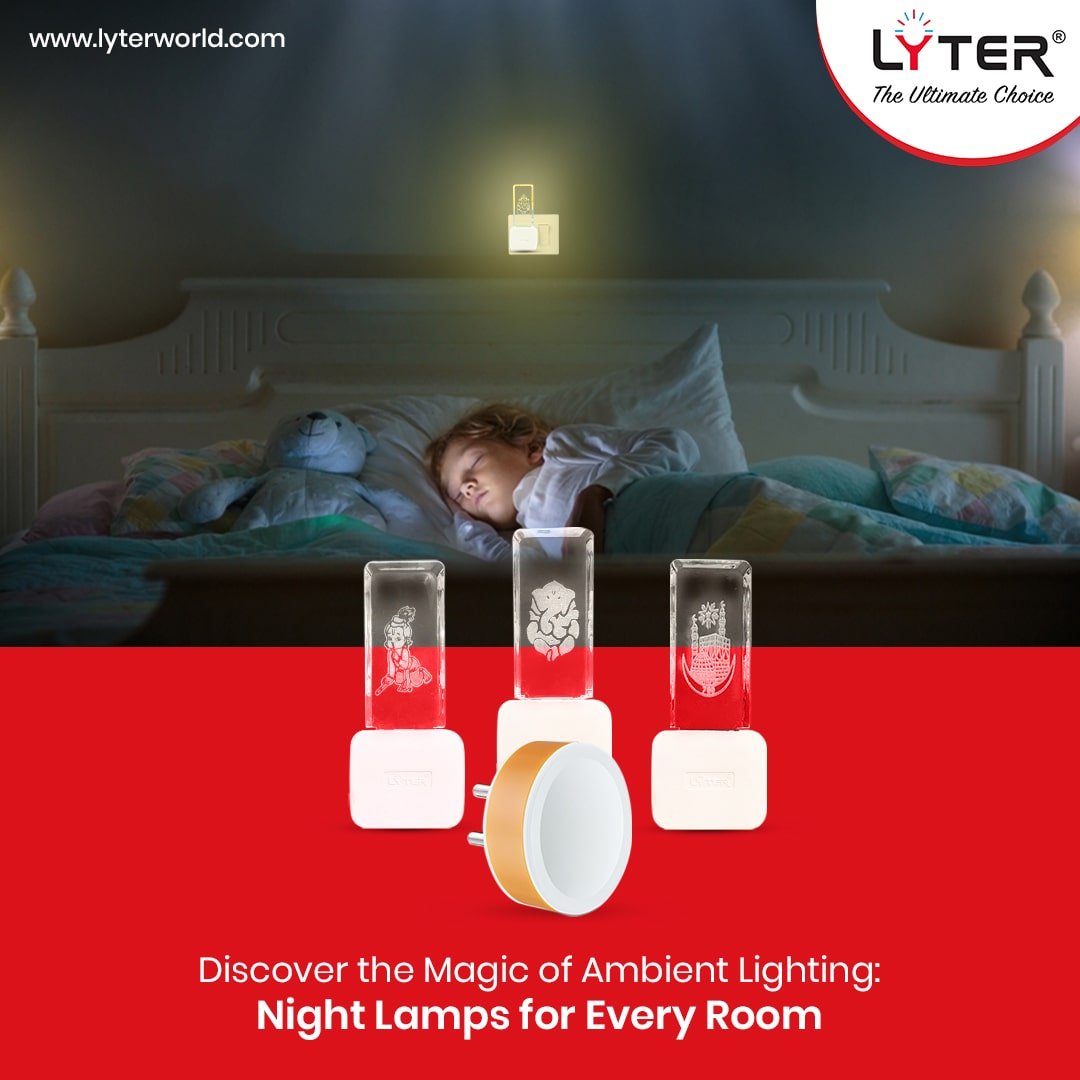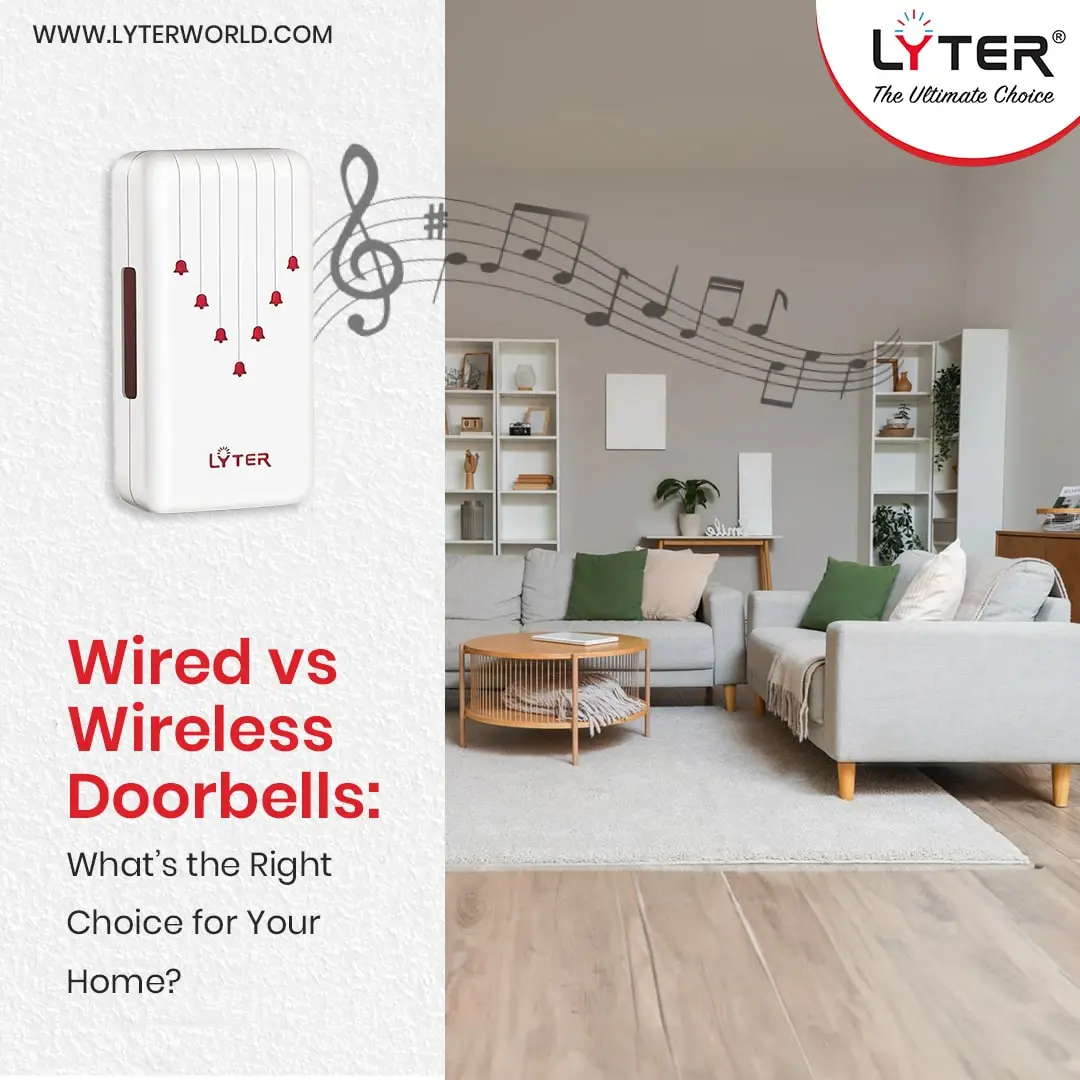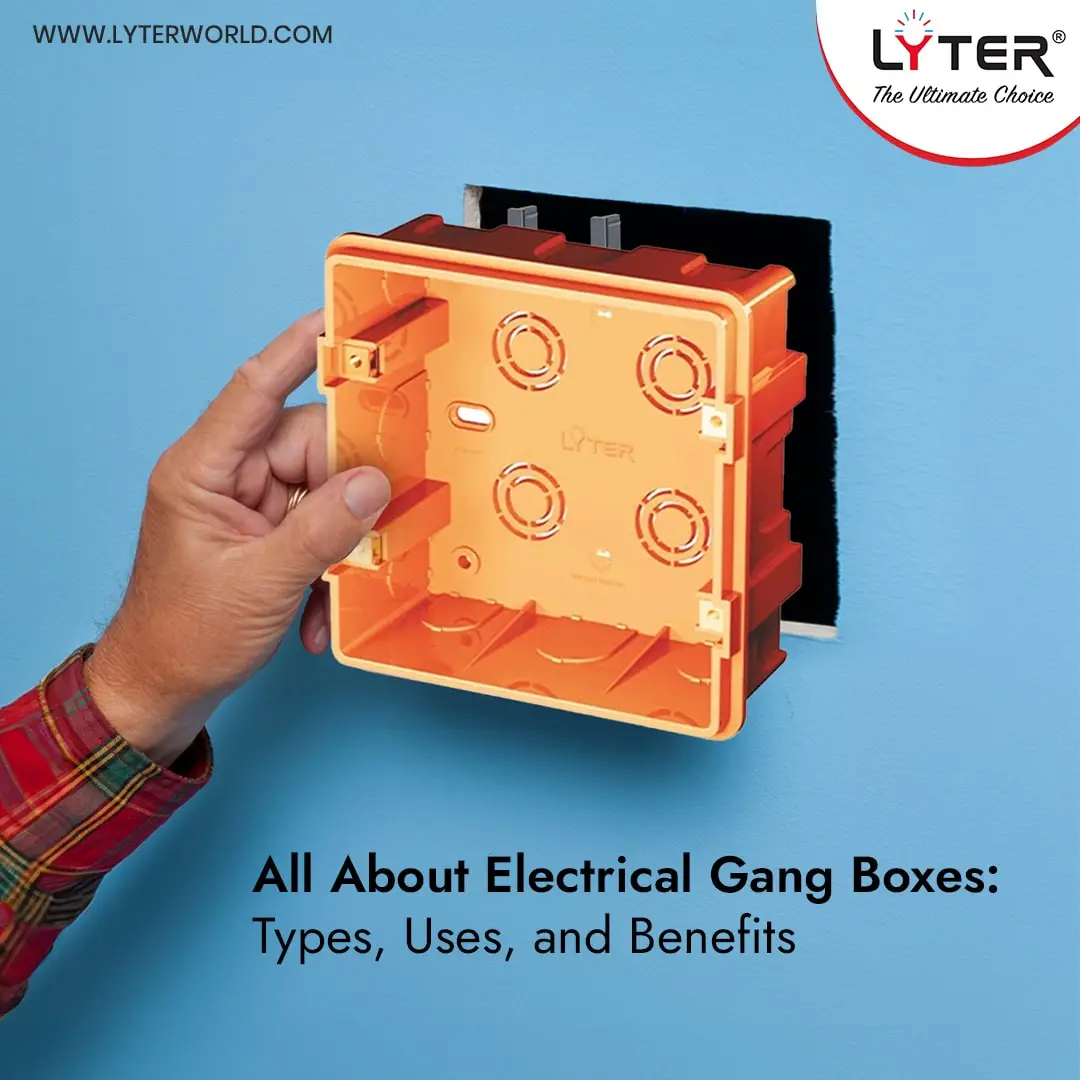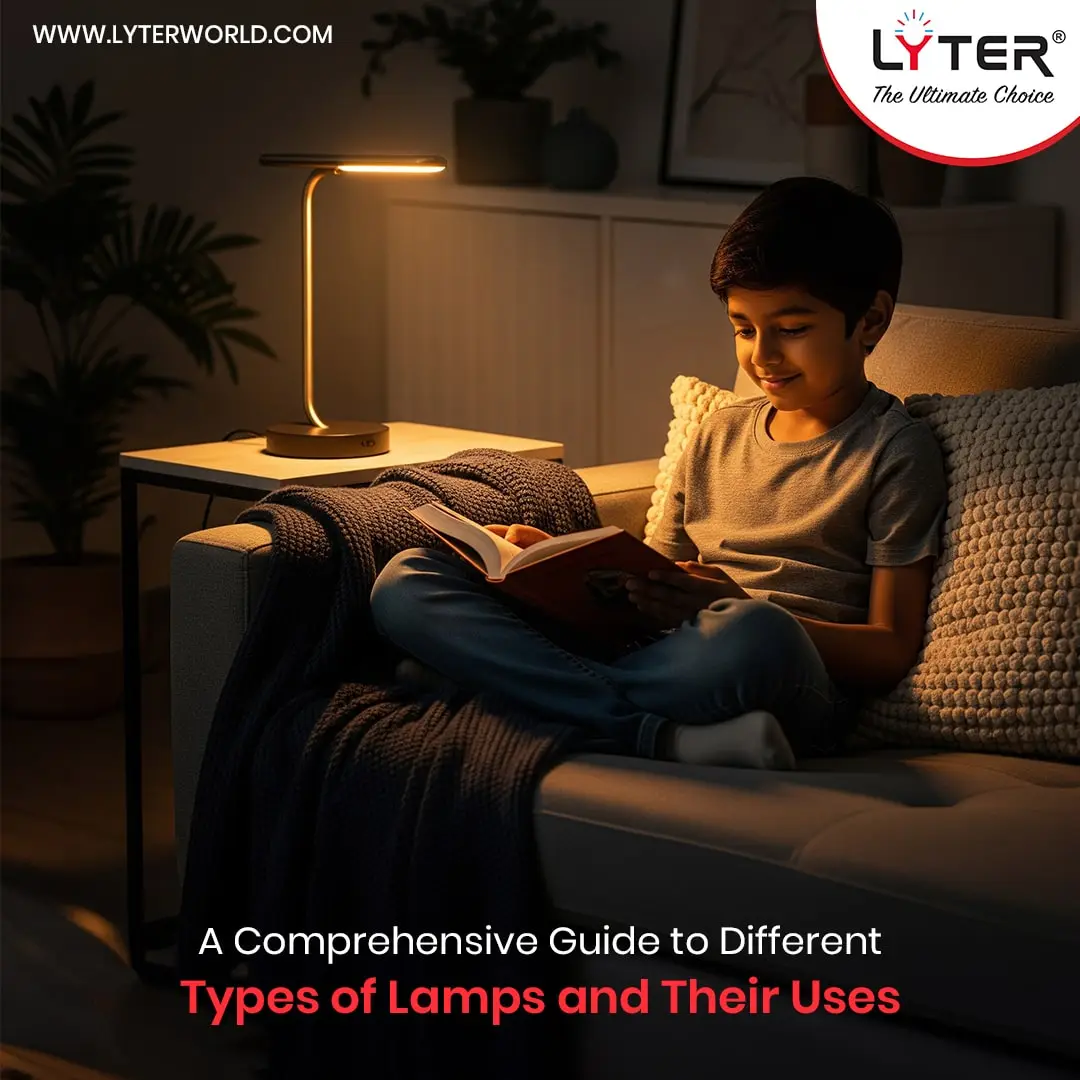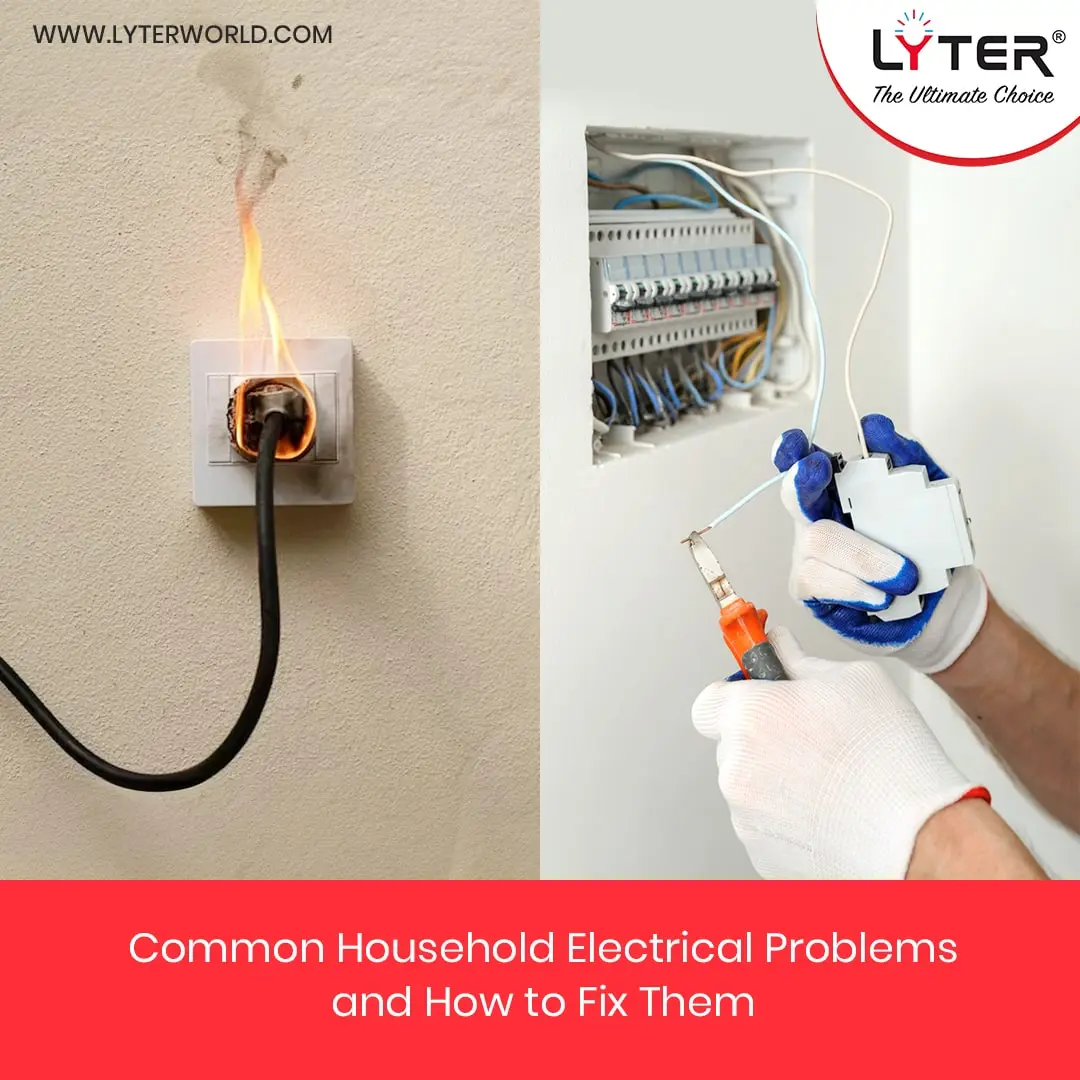Picture this: your laptop teeters on the brink of a mere 1% battery, and a very important meeting is just moments away. The stress level soars, right?
But then you snatch your charger, insert it into the laptop, and your anxieties dissipate like morning mist, leaving you to attend the meeting with a calm mind.
Now, doesn’t this scenario ring familiar to us all? We all know electricity powers our gadgets when we plug them in. But you can’t simply connect them directly; you need a reliable companion to bridge the gap between your devices and the electricity that keeps our modern world buzzing.
Here’s where sockets and plugs come into play, serving as the crucial bridge that connects us to the essential electricity we need daily.
Let’s dive into this article to understand the world of plugs and sockets, their various types, and how they make our lives easier.
What are plugs and sockets?
Plugs and sockets serve as essential connectors that link our electrical gadgets to power sources like wall outlets. They play a fundamental role in ensuring our appliances run smoothly and electricity flows seamlessly within our homes.
But what’s more intriguing than that is that plugs and sockets come in various shapes and sizes to cater to our convenience and specific needs. Take, for instance, the concept of multi-plugs. When the situation calls for powering multiple electronic devices simultaneously, these are our go-to electric accessories.
However, it’s important to note that this diversity doesn’t stop at form and function. Depending on local electrical regulations, different places have their unique designs, from the pins they use to how they handle voltage and grounding.
There is a global diversity in plug and socket types that may seem puzzling, but it’s necessary for international electrical safety and compatibility.
Types of plugs and sockets:
Type A sockets and plugs :
You’ll often encounter these plugs in North and Central America and certain parts of Asia. They’re easily recognisable by their two flat pins and are designed for devices that operate within the 100–127 volt range.
Type B sockets and plugs:
You’ll also come across these type B sockets and plugs in North America. These counterparts to Type A incorporate two flat pins and an additional grounding pin. The grounding feature ensures secure electrical connections, mitigating the risks of electrical shocks and fires.
Type C sockets and plugs:
Venturing into Europe, Asia, and Africa, you’ll find type C sockets and plugs, which sport two round pins designed for devices functioning on 220-240 volts. Notably, Type C plugs lack grounding capabilities, necessitating thorough device compatibility checks.
Type D sockets and plugs:
Type D sockets and plugs are prevalent in India and Nepal. These variations boast three round pins arranged in a triangular formation and are suitable for devices operating on 220-240 volts.
Type E and F sockets and plugs:
Meanwhile, across most of Europe, Type E and F sockets and plugs dominate. Type E exhibits two round pins alongside a grounding pin, while Type F offers two round pins supplemented by two grounding clips. These options prioritise both compatibility and electrical safety. They also come in multi-plug types to help with the power needed for multiple devices.
Type G sockets and plugs:
Type G sockets and plugs reign supreme for the United Kingdom and numerous former British colonies. They employ three rectangular pins arranged in a triangular pattern and operate at 230 volts, with the third pin serving as a grounding mechanism.
Type H and I sockets and plugs:
Type H sockets and plugs grace Israel, while Type I is the standard in Australia, New Zealand, and parts of Asia. Type H incorporates three flat pins aligned in a row, whereas Type I features two flat pins in an inverted “V” configuration.
Type J, K, and N sockets and plugs:
Finally, we have Type J, K, and N sockets and plugs, each designed for specific regions. Type J is used in Switzerland, Type K in Denmark and Greenland, and Type N in Brazil. These types have distinct pin arrangements and voltage requirements tailored to their locations.
Now, if you’re considering purchasing these plugs, it’s crucial to research what kinds of plugs and sockets are adaptable for which country or region. To ensure you get the right ones, always purchase from trusted sources, such as from electrical wholesale online India platforms. These platforms are renowned for offering top-quality electrical accessories that meet the highest standards.
Final thoughts:
In our daily lives, electrical plugs and sockets serve as essential components, offering the convenience and flexibility required to power our ever-expanding collection of electronic devices. From standard design to advanced solutions, the world of electrical connections continues to evolve to meet our diverse needs.
So, if you are looking for top-quality products with premium designs, then Lyter World is your go-to source for exceptional products. For the past few decades, we have been renowned for delivering excellent products and services to customers nationwide. You can contact us or visit our website, where you will find a variety of products and solutions for all your problems and needs.



